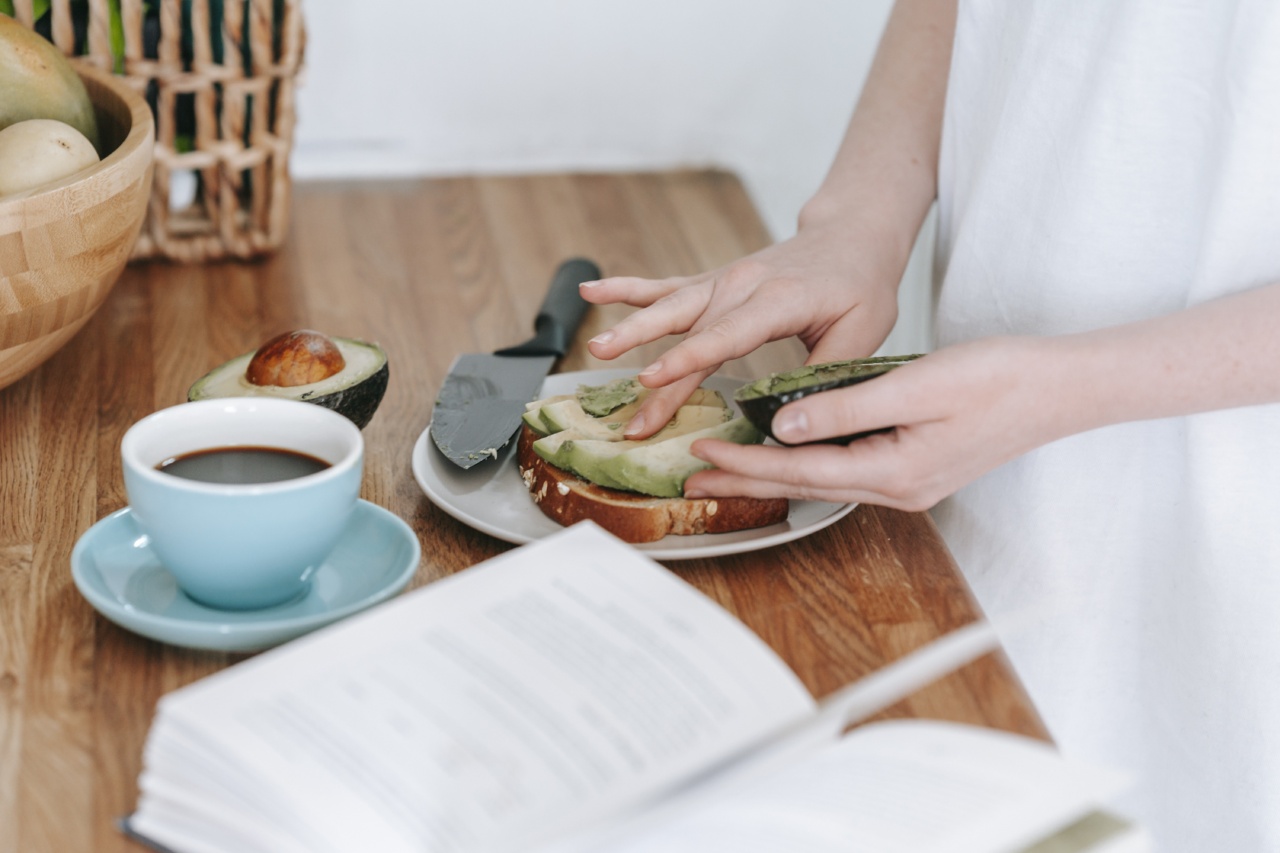Many of us have encountered a moldy loaf of bread at some point. We wonder whether it is safe to eat after cutting off the affected area.
It’s a common dilemma that arises from the desire to reduce waste while also ensuring our own health and safety. In this article, we will explore the science behind mold growth, its potential health risks, and whether or not it is advisable to consume bread with mold removed.
Understanding Mold Growth
Mold is a type of fungus that thrives in warm, moist environments. Bread happens to be an ideal breeding ground for mold due to its moisture content and porous nature.
Mold spores are all around us, and when they land on a suitable surface, such as bread, they begin to germinate and multiply.
Under favorable conditions, mold can grow rapidly, visible to the naked eye within a few days.
The most common types of mold found on bread are Aspergillus and Penicillium, which can appear as fuzzy patches in various colors, including blue, green, or black.
Potential Health Risks
While not all molds are harmful, some can produce toxins known as mycotoxins, which may lead to adverse health effects when consumed, inhaled, or come into contact with the skin.
These mycotoxins are usually more concentrated in the moldy areas and can spread easily throughout the loaf.
Consuming bread with moldy parts can potentially cause allergic reactions, respiratory problems, gastrointestinal distress, and in some cases, even serious complications, especially for individuals with weakened immune systems or mold allergies.
What Happens When You Cut Off the Moldy Part?
The idea of cutting off the moldy section and still eating bread may seem like a way to salvage your food. However, it is essential to understand that mold is not confined to the visible parts.
Mold can penetrate deeper into porous foods like bread, spreading its network of fine threads called hyphae that branch out beyond what meets the eye.
Even if you cut off the visible moldy part, microscopic traces can remain unnoticed. Consuming these hidden traces can expose you to mycotoxins and the associated health risks.
Exceptions and Safe Ways to Handle Moldy Bread
There are a few exceptions when it comes to dealing with moldy bread. Some types of mold, such as the ones used in the production of certain cheeses, are intentionally cultivated and entirely safe to eat.
Additionally, if the mold growth is limited to a small, localized area, and you catch it at an early stage, you may be able to salvage the rest of the loaf by removing a generous margin around the affected part.
However, it is vital to be cautious and thorough, ensuring no hidden traces of mold are present.
To minimize the risks associated with moldy bread, follow these guidelines:.
- Inspect the bread: Examine the bread for any signs of visible mold, including discoloration, fuzzy growth, or unusual texture.
- Trust your senses: If you detect a musty or off-putting smell, it may indicate that the mold has already spread beyond what is visible.
- Discard the affected loaf: If the mold is widespread, it is best to discard the entire loaf. Do not attempt to salvage it.
- Prevent cross-contamination: Mold spores can spread quickly, so make sure to handle the moldy bread with care, avoiding contact with other foods or utensils.
- Store bread properly: Keep bread in a cool, dry place, preferably in an airtight container, to slow down mold growth.
- Consider alternatives: Instead of risking your health, opt for fresh bread, or consider making your own, which allows you to control the ingredients and storage conditions.
Conclusion
Moldy bread should generally be avoided for health and safety reasons. While cutting off the visible moldy part may seem like a solution, the potential risks associated with consuming hidden traces of mold outweigh the benefits of salvaging the loaf.
Remember, mold is not limited to its visible presence, and it can penetrate deeper into porous foods.
Individuals with weakened immune systems, allergies, or sensitivity to mold should be especially cautious and avoid consuming any moldy food, including bread.
When in doubt, it is always best to err on the side of caution and choose fresh, mold-free alternatives.
By following proper storage practices and inspecting your bread before consumption, you can reduce the likelihood of encountering moldy bread and prioritize your health.






























